A few dry days: There has been a lot of work done since ground conditions improved last week. The quality of work is a bit variable and wet spots are still common.
I note from Met Éireann that some areas have already received over 50% of their average annual rainfall, with many others close to 50%. This begs the question as to when rain will, or will not, fall in the coming months. Dryness could yet be a factor for germination so seedbeds are critical.
Cloddy seedbeds could result in very uneven establishment and increased BYDV. So check the quality of planting and sow a little deeper if necessary. Use the roller where the seedbed is rough and dry. Use it a second or third time if necessary.
Nitrogen: Winter crops should have received their main N split at this point, as they are well into stem extension. Any remaining N should be held until post flag leaf emergence to help drive grain fill.
Pest activity: There are reports of significant leather-jacket and wireworm activity in some fields, including continuous tillage fields. So keep a close eye as emergence begins. Numbers are big in places and so action may be required.
Traditionally both of these pests were associated with old rough ley ground but in recent years leather-jackets have been problematic in clean stubble ground, often following very good barley crops. The two main control options are Draza pellets or Dursban-like sprays.
Wireworms are much more difficult to control and they can cause problems in all of their four-year life cycle. Tightening the seedbed to slow movement through the soil is one of the few options to limit damage in cereals and this will work for leather-jackets too. So seedbed is very important.
Watch for pollen beetle on winter rape.
Winter cereals: Crops moved rapidly into stem extension as temperatures increased and second or even third nodes are now visible. Check on the leaves remaining to emerge before applying T1 fungicides on wheat.
Most barley crops have now been sprayed once and the T1 is beginning on wheat. Product options include Venture/Cauldron, or Aviator or Adexar or Seguris or triazole mixtures with Treoris. All treatments should include Bravo and also very robust rates of individual triazoles, or mixtures, to give septoria knockdown and protection to the SDHI. Have cover for septoria, rusts, eyespot and possibly mildew.
Buffer zones: This year, buffer zones apply for all sprays used according to the product label. Bravo-type products carry a 5m buffer from any water-carrying body.
Seed rates: Early emerged spring barley crops sown at the recommended seed rates have delivered plant populations at and above 350 plants/m2. This sets them up with a good crop structure. Later planting may have even better establishment in the warmer soil. Early nitrogen will now drive canopy production without excessive tillering to compromise quality.




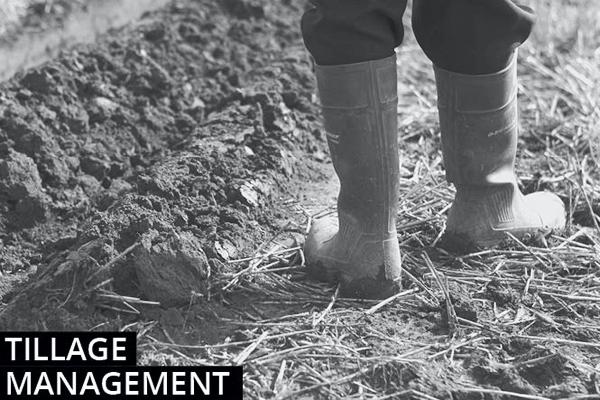
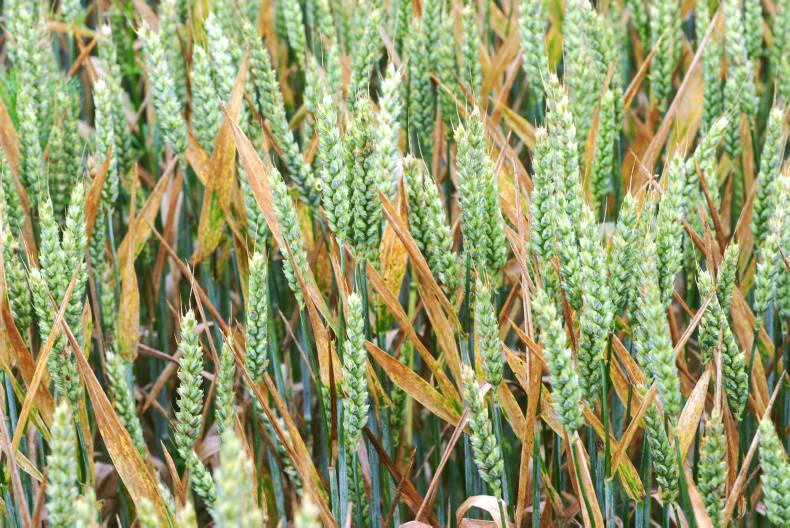

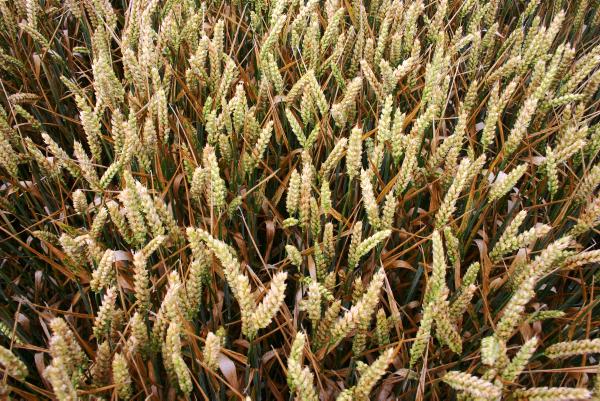
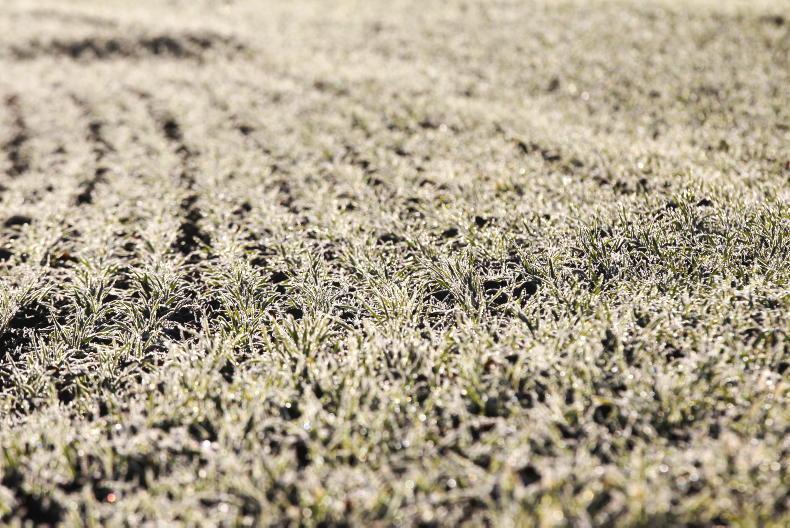
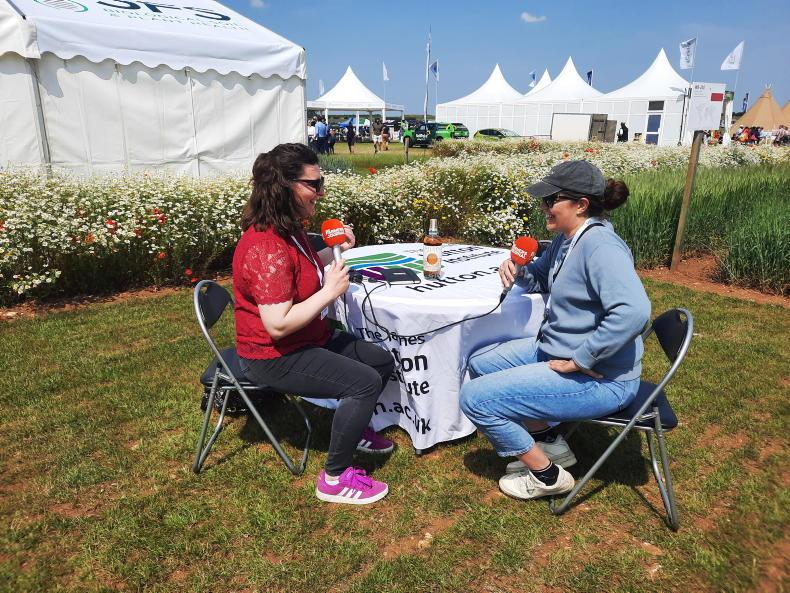
SHARING OPTIONS